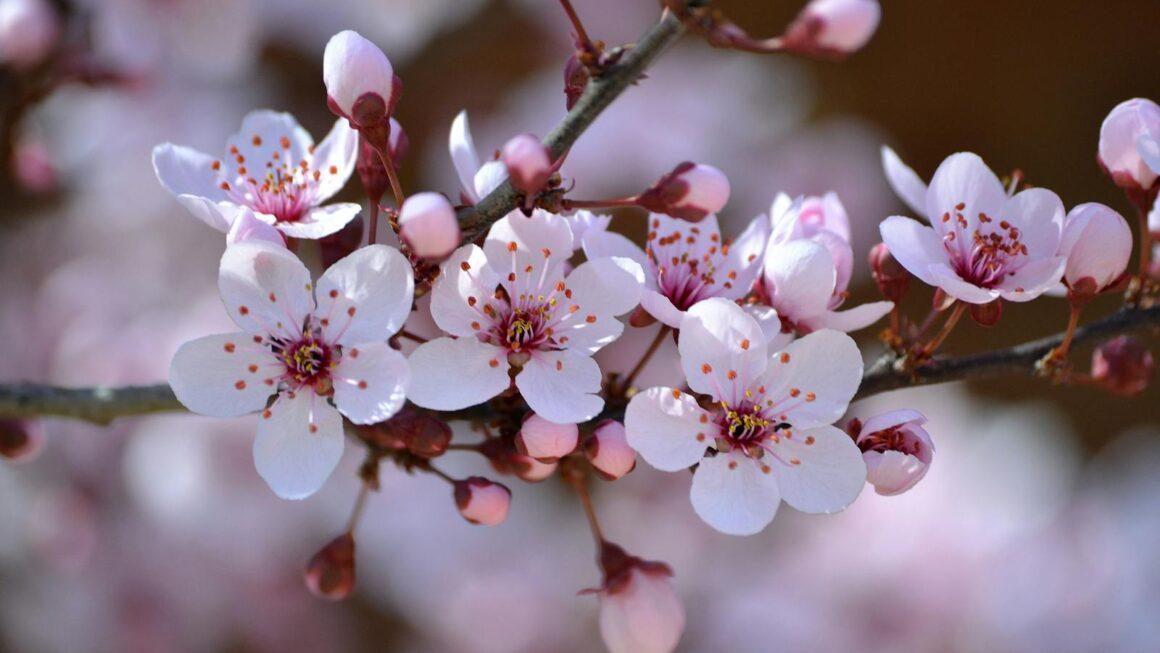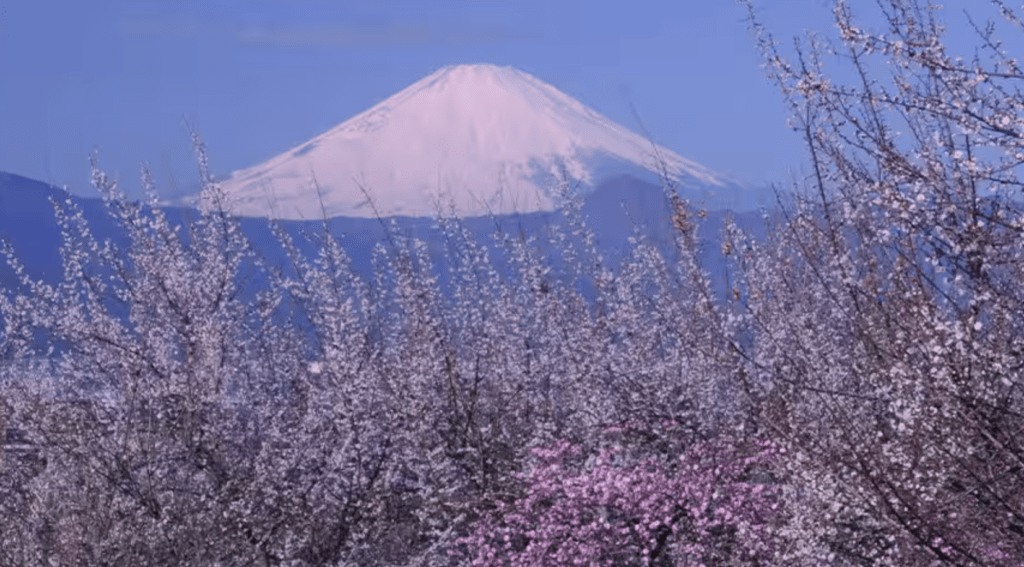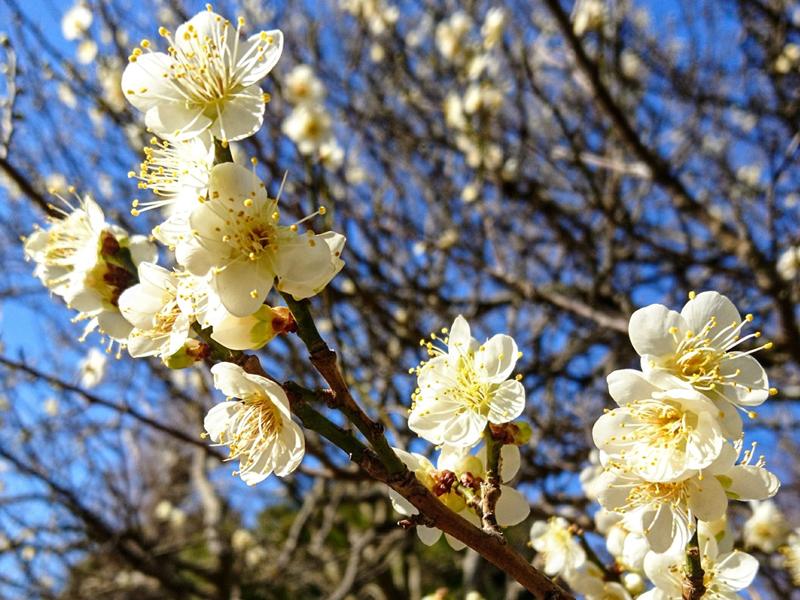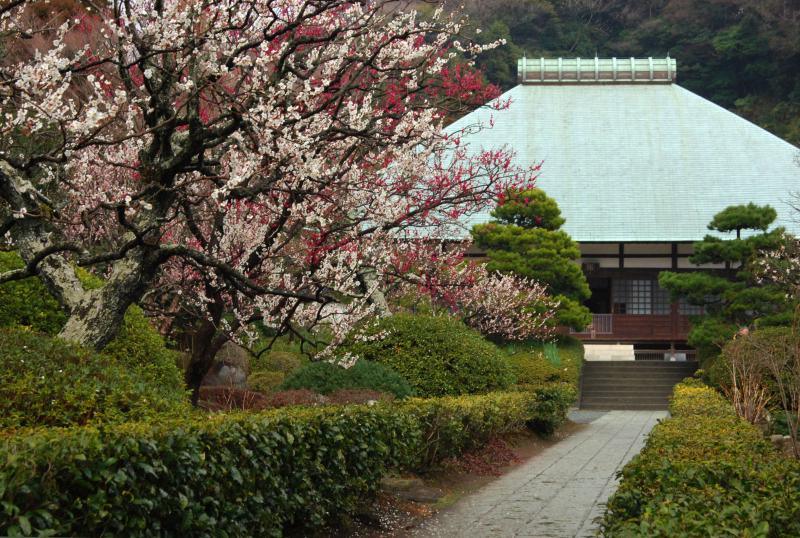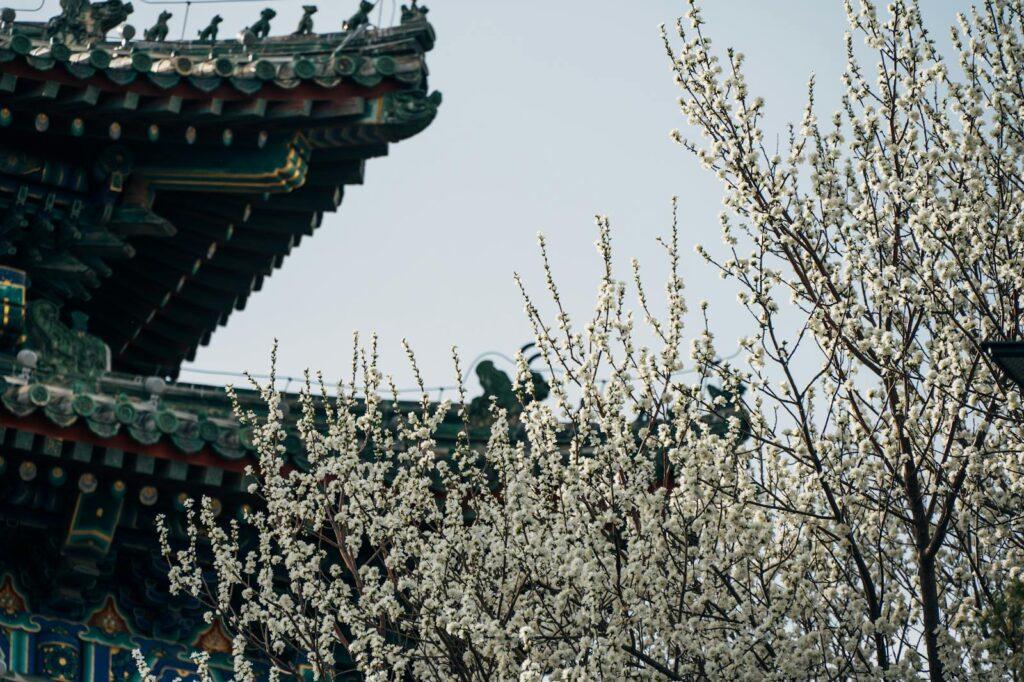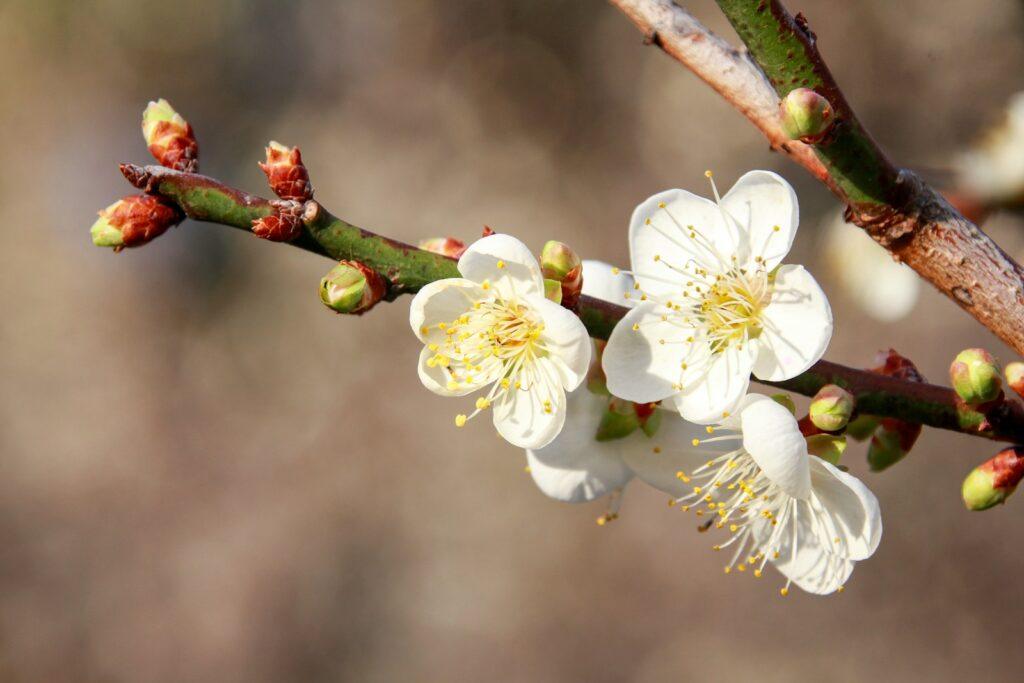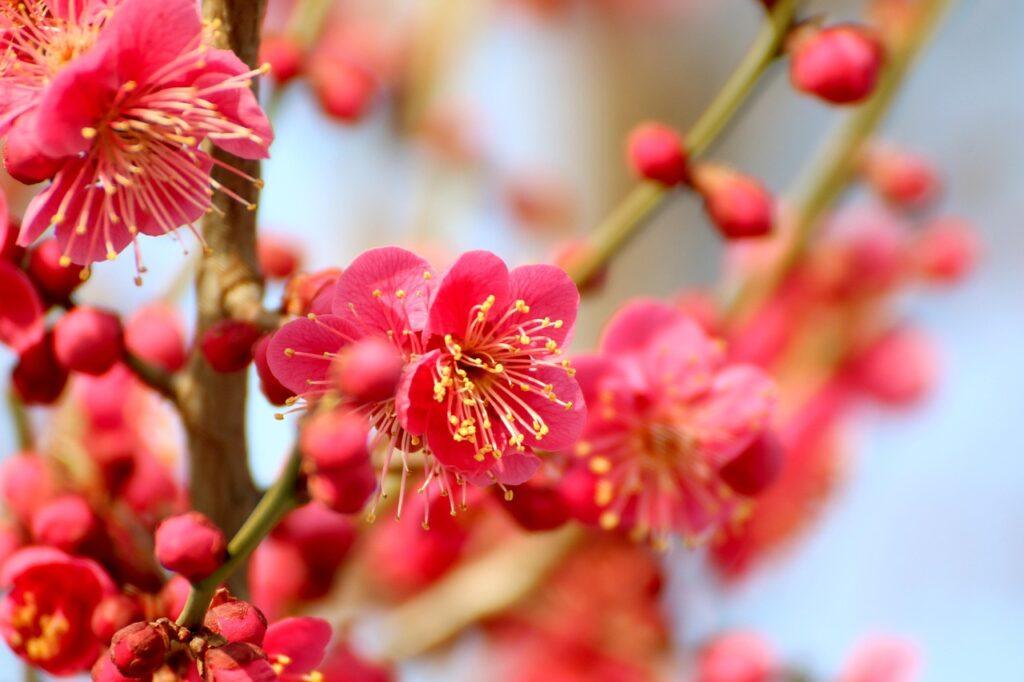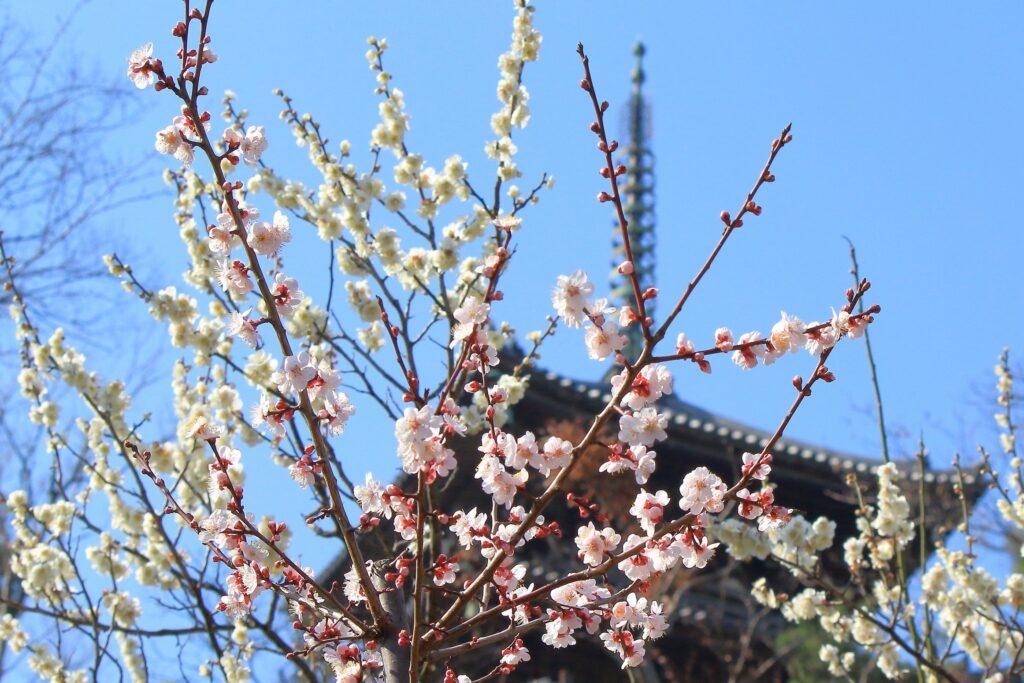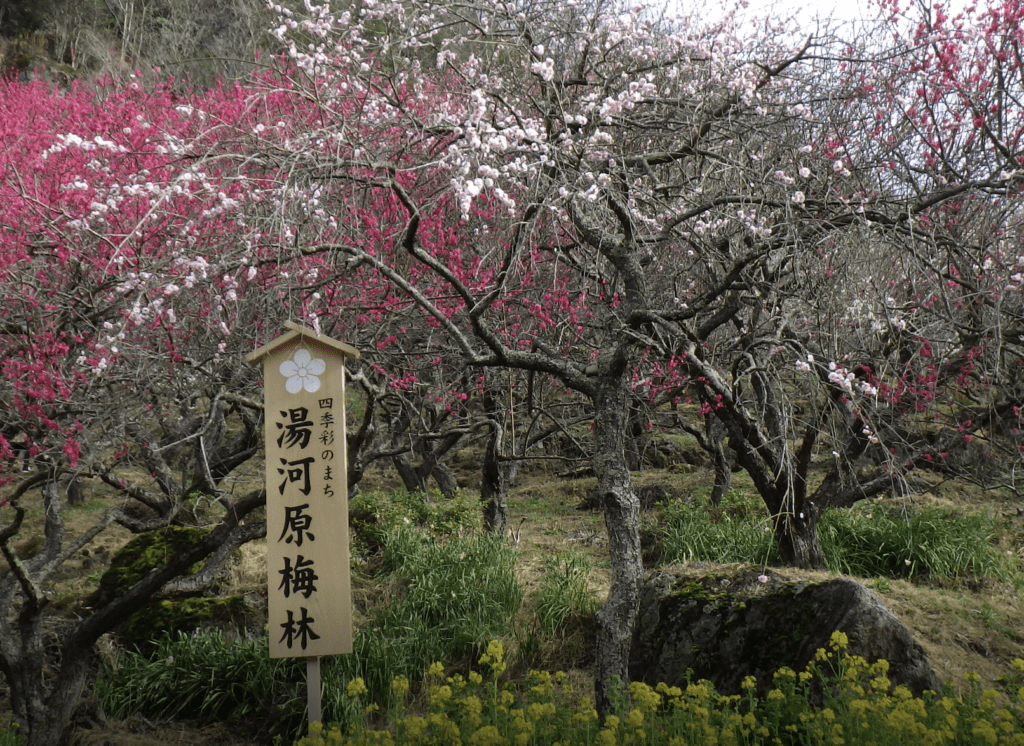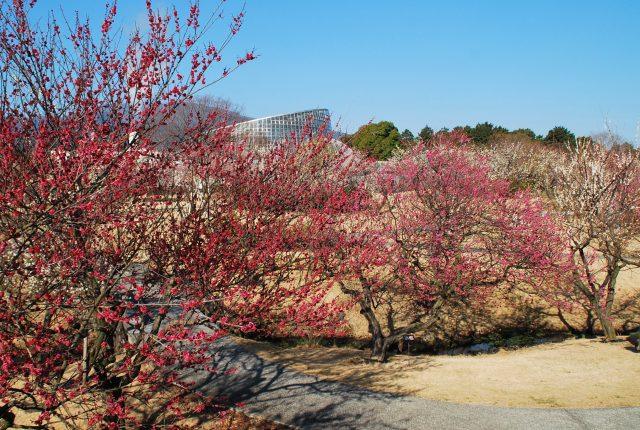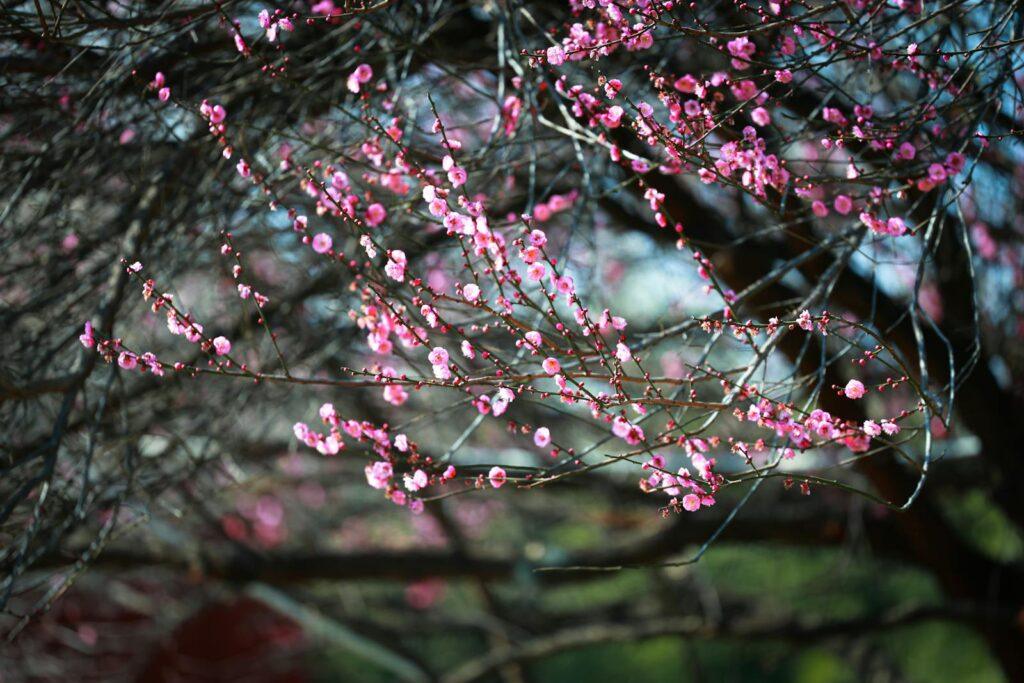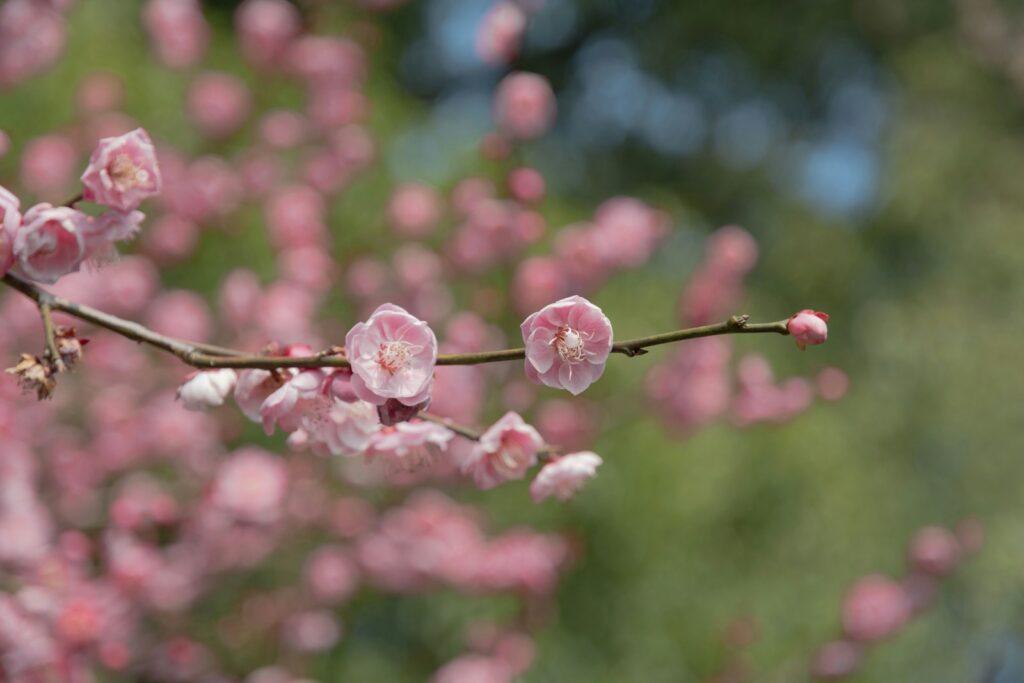Every year, people go absolutely feral over cherry blossoms, flooding parks, snapping a million photos, and cramming into trains like it’s some kind of pink petal apocalypse. But while everyone’s out there losing their minds over sakura, plum blossoms (ume) are already in full, glorious bloom—and barely anyone seems to notice. Tragic, really.
These elegant little flowers bloom earlier, last longer, smell sweeter, and bring way fewer crowds than their overhyped pink cousins. Plus, their deep cultural roots in Japan—symbolizing strength, endurance, and new beginnings—just give them extra cool points. And yet, every single year, people snooze on plum blossoms like they don’t even exist.
Well, not on my watch. If you’re in Kanagawa Prefecture in 2025, there are some seriously stunning plum blossom spots you need to hit up before the sakura worshippers wake up. Charge your phone, put on your best “wandering through a flower field” outfit, and let’s go on a Kanagawa ume tour.
1. Soga Plum Grove (曽我梅林) – Odawara City
You want big, bold, and breathtaking? Soga Plum Grove is THE place to see ume blossoms on an absolutely ridiculous scale. I’m talking 35,000 plum trees stretching across the landscape, with Mount Fuji casually chilling in the background like it owns the place. It’s the kind of scene that makes you stop, stare, and wonder why the heck everyone is still waiting for sakura season.
Walking through this massive grove feels like stepping into a dream. The trees form a pink-and-white sea that extends as far as the eye can see, and with every breeze, petals scatter around like nature’s confetti. Even better? The air is filled with the sweet, honey-like fragrance of ume blossoms, so you’re getting a full sensory experience. You’ll also find seasonal food stalls, because what’s a festival without snacks? Freshly grilled mochi, warm amazake, and ume-flavored treats are all part of the package.
And if you like a little extra flair with your flowers, time your visit for the Odawara Plum Festival (Feb 1–24, 2025). Expect cultural performances, local crafts, and even horseback archery demonstrations (because why not?). It’s just a 15-minute walk from Shimo-Soga Station, meaning zero effort required for maximum floral payoff.
2. Hōkai-ji Temple (宝戒寺) – Kamakura City
Kamakura is historic temple central, but while tourists are busy elbowing each other for a view of the Big Buddha, you should be making your way to Hōkai-ji Temple—home to one of Kanagawa’s most spectacular weeping plum trees.
This absolute showstopper of an ume tree, named Sōen-bai, stands 5-6 meters tall and spreads over 10 meters wide, cascading in a waterfall of delicate pink blossoms. It’s straight-up gorgeous, and the fact that it’s tucked away from the main tourist zones makes it a rare peaceful spot in Kamakura.
What makes Hōkai-ji extra special is its serene, almost secret-garden-like atmosphere. There’s something magical about walking through the quiet temple grounds, surrounded by the soft glow of ume blossoms in the morning light. If you want to avoid the sakura-crazed crowds but still get your stunning flower photos, this is the place to be. Plus, it’s only a 13-minute walk from Kamakura Station, so it’s super easy to add to your Kanagawa flower tour.
3. Jōmyō-ji Temple (浄妙寺) – Kamakura City
If you’re the type who lives for aesthetics, Jōmyō-ji Temple is about to be your new obsession. This fifth-ranked temple of Kamakura’s Five Great Zen Temples is already stunning, but when its white and red ume blossoms start popping off, it goes next-level beautiful.
Unlike some of the bigger, more chaotic spots, Jōmyō-ji keeps things tranquil and refined. You can sit down for a cup of matcha at its teahouse, overlooking the garden—because nothing says “I have my life together” like sipping green tea while surrounded by ancient architecture and perfect little plum blossoms.
But wait—it gets even better. The temple grounds feature stone pathways, carefully manicured landscapes, and traditional wooden structures that make you feel like you’ve stepped straight into a Japanese painting. If you visit early in the morning, you’ll get the added bonus of mist rolling through the temple grounds, making everything look extra ethereal. It’s a short bus ride from Kamakura Station, so getting here is zero stress.
4. Kōsoku-ji Temple (光則寺) – Kamakura City
Kōsoku-ji Temple is one of those places that feels like a hidden secret, even though it’s right in the middle of Kamakura. While most visitors are busy cramming into the more well-known shrines, this spot remains a peaceful, flower-filled retreat. It was founded in 1274, and if that wasn’t impressive enough, some of its plum trees are over 200-300 years old. That means these ume trees have seen centuries of history unfold, all while blooming year after year like it’s no big deal.
When the trees are in full bloom, the temple grounds are bathed in a dreamy mix of white, pink, and deep crimson blossoms. The contrast of these delicate flowers against the ancient wooden architecture makes it feel like you’ve stepped into a different era. And unlike the chaotic cherry blossom spots, this place is blissfully quiet, making it perfect for slow walks and soaking in the beauty without distractions.
It’s only a 7-minute walk from Hase Station, so there’s no excuse not to visit. If you’re already temple-hopping in Kamakura, make sure you don’t miss out on one of the most underrated plum blossom spots in Kanagawa.
5. Teisō-ji Temple (貞宗寺) – Kamakura City
If you like your plum blossoms with a side of history, Teisō-ji Temple is exactly where you need to be. This Tokugawa-era temple was built in 1611 and still feels like a well-kept secret. Unlike the flashier, more tourist-heavy shrines, this place is quiet, intimate, and incredibly atmospheric, making it the perfect setting for admiring Kanagawa’s stunning ume blossoms.
The temple grounds are bursting with seasonal flowers, but the real highlight is, of course, the plum trees. Their blossoms add a soft, ethereal glow to the place, making it look like something straight out of a historical painting. The way the trees frame the traditional buildings gives everything a perfectly balanced, picture-worthy aesthetic—and yet, you probably won’t have to fight anyone for a good spot.
Now, getting here isn’t as easy as some other locations. If you’re up for it, it’s a 25-minute walk from Ōfuna Station—but if that sounds like too much effort, just take a short bus ride to Ueki bus stop, and you’ll be there in no time.
6. Hon-zawa Plum Garden (本沢梅園) – Sagamihara City
If your ideal plum blossom viewing experience involves being completely surrounded by thousands of white petals, then Hon-zawa Plum Garden is your dream come true. Spanning 3 hectares, this place is one of Kanagawa’s largest ume spots, boasting around 1,000 plum trees that turn the landscape into a soft, snowy wonderland when they bloom.
Because this garden is a little off the beaten path, it doesn’t attract the overwhelming crowds you’ll find at more famous locations. That means you can walk along the winding trails at your own pace, take uninterrupted photos, and just enjoy the calm, relaxing atmosphere. The best time to visit is during the Hon-zawa Plum Garden Festival (mid-March 2025), when the area comes alive with local food vendors, traditional performances, and cultural events.
Getting there requires a bit of a journey, but it’s worth every step. Take a bus from Hashimoto Station to Wakabadai Jūtaku, then enjoy a 30-minute scenic walk through nature before reaching the garden. Trust me—it’s an experience you won’t forget.
7. Sankei-en Garden (三溪園) – Yokohama City
If you want your plum blossom viewing with a side of traditional Japanese architecture, Sankei-en Garden is where you need to be. This place is a nationally designated scenic spot, and once you walk in, it’s obvious why.
Spread across 175,000 square meters, this garden features a stunning combination of historical buildings, winding paths, and seasonal gardens, all blending together so seamlessly it feels like a movie set. But in ume season, the real highlight is the 500 plum trees, which include rare varieties like Garyū-bai and Ryokugaku-bai. These unique trees bloom in unexpected colors and patterns, making this spot a must-visit for flower lovers who want to see something beyond the usual pink and white blossoms.
The easiest way to get here is to take a bus from Yokohama Station or Sakuragichō Station, followed by a 5-minute walk to the garden entrance. If you time your visit right, you can catch the Plum Viewing Gathering (Feb 9–Mar 3, 2025), a seasonal event that celebrates these gorgeous blooms in true Japanese fashion.
8. Yugawara Plum Grove (湯河原梅林) – Yugawara Town
Imagine 4,000 plum trees stretching across a vast, mountainous landscape. Sounds unreal, right? But that’s exactly what you’ll find at Yugawara Plum Grove, where nature pulls out all the stops to create an absolutely breathtaking scene every ume season.
Located at the base of Mount Makuyama, this 9-hectare grove is nothing short of magical when it bursts into full bloom. The trees cover the entire hillside, creating a cascading effect of pink and white that looks like it was painted onto the mountains by an artist. And if you visit during the annual Plum Banquet (Feb 1–Mar 9, 2025), you’ll also get to enjoy local food stalls, cultural performances, and even a traditional tea ceremony.
Getting there is pretty straightforward—take a bus from Yugawara Station to Mori-shita Kōen-mae, then walk for about 22 minutes through the gorgeous countryside. If you’d rather save your energy, a shuttle is available to take you straight to the action.
9. Odawara Flower Garden (小田原フラワーガーデン) – Odawara City
For those who love variety, Keiryū Plum Garden inside Odawara Flower Garden is a must-see. Unlike most spots that only showcase one or two varieties of ume, this place boasts 300 different types across 500 trees, making it one of Kanagawa’s most diverse plum blossom locations.
What’s especially cool about this place is that different trees bloom at different times, meaning you don’t have to time your visit too perfectly. Whether you visit in late January or early March, you’ll still catch something blooming.
To really appreciate the full beauty of the garden, visit during the Plum Festival (Jan 25–Mar 2, 2025), when the trees are at peak bloom, and the whole area comes alive with seasonal events. It’s a 20-minute walk from Iidaoka Station, but the views along the way make the journey just as enjoyable as the destination.
10. Odawara Castle Park (小田原城址公園) – Odawara City
Plum blossoms and a castle? Now that’s a combo you don’t see every day. Odawara Castle Park is one of the most unique places to enjoy ume blossoms because it blends history and nature into a single, breathtaking view.
With 250 plum trees scattered throughout the castle grounds, this place turns into a stunning blend of old and new when the blossoms hit their peak. The contrast of the delicate flowers against the sturdy, centuries-old castle walls is seriously jaw-dropping, and every angle looks straight out of a historical drama.
The best time to visit is during the Odawara Plum Festival (Feb 1–24, 2025), when the park comes alive with seasonal events and cultural performances. The best part? It’s only a 10-minute walk from Odawara Station, making it one of the easiest must-see ume spots in Kanagawa.
Why Plum Blossoms Deserve More Hype in 2025
So, after all that, let me ask you this: why are people still sleeping on plum blossoms? Seriously. They bloom early, stick around longer, smell amazing, and let’s be honest—they’re just as pretty (if not prettier) than cherry blossoms.
Kanagawa has some of the best ume blossom spots in Japan, and 2025 is your chance to see them before the crowds wake up and start flooding every park in sight. You’ve got massive plum groves, ancient temples, and spots with straight-up cinematic views—all without having to fight for a seat or dodge a thousand people taking selfies.
